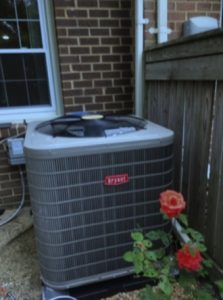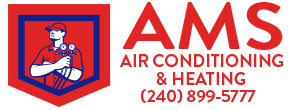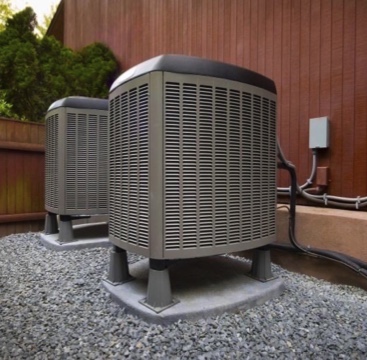Are you considering upgrading your heating and cooling system to a more efficient and eco-friendly option? Heat pump systems have become increasingly popular due to their ability to both heat and cool homes effectively while consuming less energy than traditional HVAC systems. However, the success of your heat pump installation hinges on meticulous planning and execution. In this guide, we’ll explore the best practices for installing new heat pump systems
to ensure optimal performance and longevity. 
1. Conduct a Comprehensive Site Assessment:
Before diving into the installation process, it’s crucial to conduct a thorough site assessment. Evaluate factors such as the size and layout of your home, existing ductwork (if applicable), insulation levels, and local climate conditions. Understanding these variables will help determine the most suitable type and size of heat pump system for your needs.
2. Choose the Right System:
There are various types of heat pump systems available, including air-source, ground-source (geothermal), and ductless mini-split systems. Each type has its own advantages and considerations. Consult with a qualified HVAC professional to select the system that best fits your home’s requirements and budget.
3. Ensure Proper Sizing:
Proper sizing is critical for the efficient operation of your heat pump system. Oversized units may short cycle, leading to energy waste and reduced comfort, while undersized units may struggle to maintain desired temperatures. Work with an HVAC contractor who can perform accurate load calculations to determine the appropriate size for your home.
4. Optimize Placement and Installation:
The location of your heat pump system can significantly impact its performance and longevity. Install the outdoor unit in a well-ventilated area away from obstructions such as shrubs, trees, or structures that could restrict airflow. Additionally, ensure proper clearance around the unit for maintenance access.
For ducted systems, seal and insulate ductwork to minimize energy loss and maximize airflow efficiency. For ductless mini-split systems, carefully position indoor air handling units in each zone to ensure even heating and cooling throughout the home.
5. Follow Manufacturer Guidelines and Local Codes:
Adhere to manufacturer guidelines and local building codes throughout the installation process. Improper installation can void warranties, compromise system performance, and pose safety hazards. Hiring a licensed HVAC contractor who is familiar with local regulations ensures compliance and peace of mind.
6. Perform Quality Assurance Checks:
After installation, conduct thorough quality assurance checks to verify proper system operation. Test each component, including the thermostat, indoor and outdoor units, airflow, refrigerant levels, and auxiliary heating elements (if applicable). Address any issues promptly to avoid future problems.
7.Implement UV Blankets and Protective Stands:
In regions prone to heavy rainfall, snowfall, or high humidity levels, protecting your heat pump system from moisture infiltration is paramount. UV blankets, also known as line set insulation, serve as a barrier around refrigerant lines to shield them from environmental elements. These blankets not only prevent water and snow from entering the unit but also help maintain
optimal refrigerant temperatures for efficient operation.
Similarly, installing protective stands beneath outdoor units elevates them above ground level, reducing the risk of water pooling around the base. This mitigates potential damage caused by flooding or snow accumulation, such as corrosion, electrical malfunctions, or compressor failure. By incorporating UV blankets and stands into your installation, you enhance the longevity and reliability of your heat pump system, safeguarding your investment against weather-related hazards.
8. Provide Ongoing Maintenance and Support:
Regular maintenance is essential for prolonging the lifespan and efficiency of your heat pump system. Schedule annual professional inspections and tune-ups to clean coils, check refrigerant levels, lubricate moving parts, and identify any potential issues. Additionally, maintain proper airflow by replacing air filters regularly and keeping outdoor units free of debris.
Conclusion:
By following these best practices for installing new heat pump systems, you can enjoy reliable comfort, energy savings, and peace of mind for years to come. Remember, investing in a high-quality installation upfront will pay dividends in terms of performance, efficiency, and overall satisfaction with your HVAC system. Call AMS Air Conditioning and Heating of Rockville, MD at 240-899-5777 for your free consultation. We offer our services in Potomac, Bethesda, Gaithersburg, Silver Spring,
Kemp Mill, Olney, Derwood, North Potomac, Kensington, Germantown, Wheaton and the surrounding Montgomery County, MD and NW DC area.
SPECIAL PROMOTION GOING ON RIGHT NOW!
We are now offering a FREE UV light with every new system purchase and install($500 value.) UV lights have a lot of benefits including but not limited to enhanced indoor air quality and improved system efficiency.












